THIS WEBSITE IS A WORK IN PROGRESS
Species By Corrideox
Urkinder
Welcome to the Urkinder information hub! Urkinder are an open species, available for everyone to enjoy and create their own characters from, as long as credit is given. This hub gathers all the progress and information about the species and its world. Explore and let your creativity flourish!
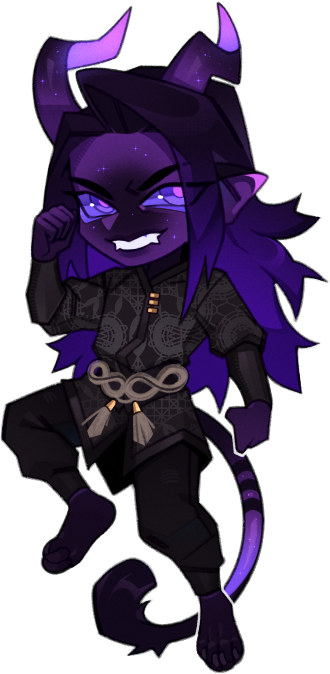
What makes you unique?
Design manual.
Urkinder are relatively simple creatures, but have some features that make them a species. Here you can find a brief and easy-to-follow manual on how to design your Urkind.
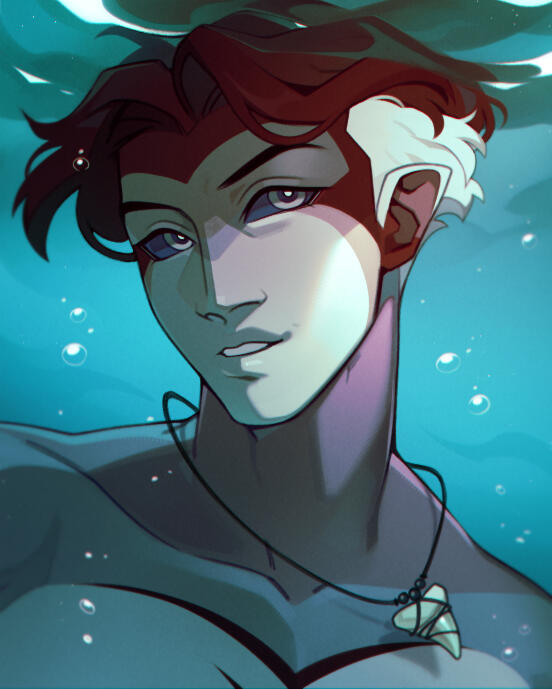
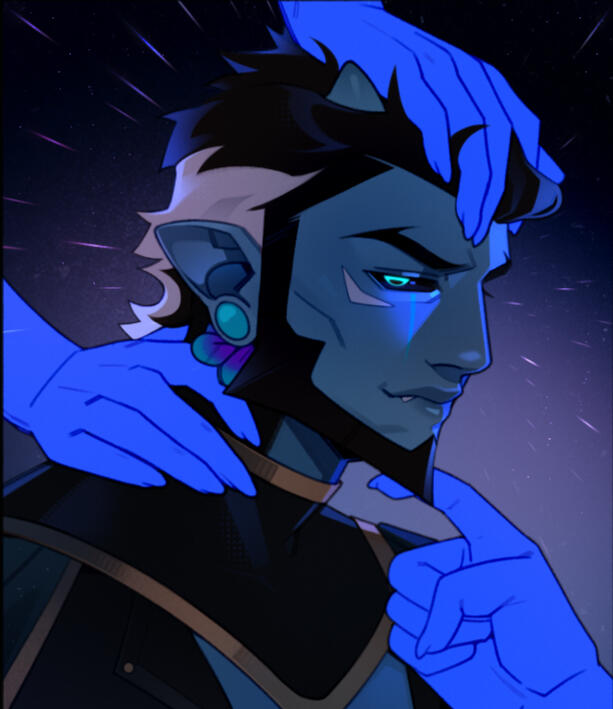
'Tis a bit complex.
Biology
Even though they look humanoid in nature, Urkind have a few special traits that make them who they are. This section goes into anything that, even though not directly visual in nature, is important to know.
Tribes, beliefs and more.
The World.
Here's a brief glimpse into their world, culture, lifestyle, and more.
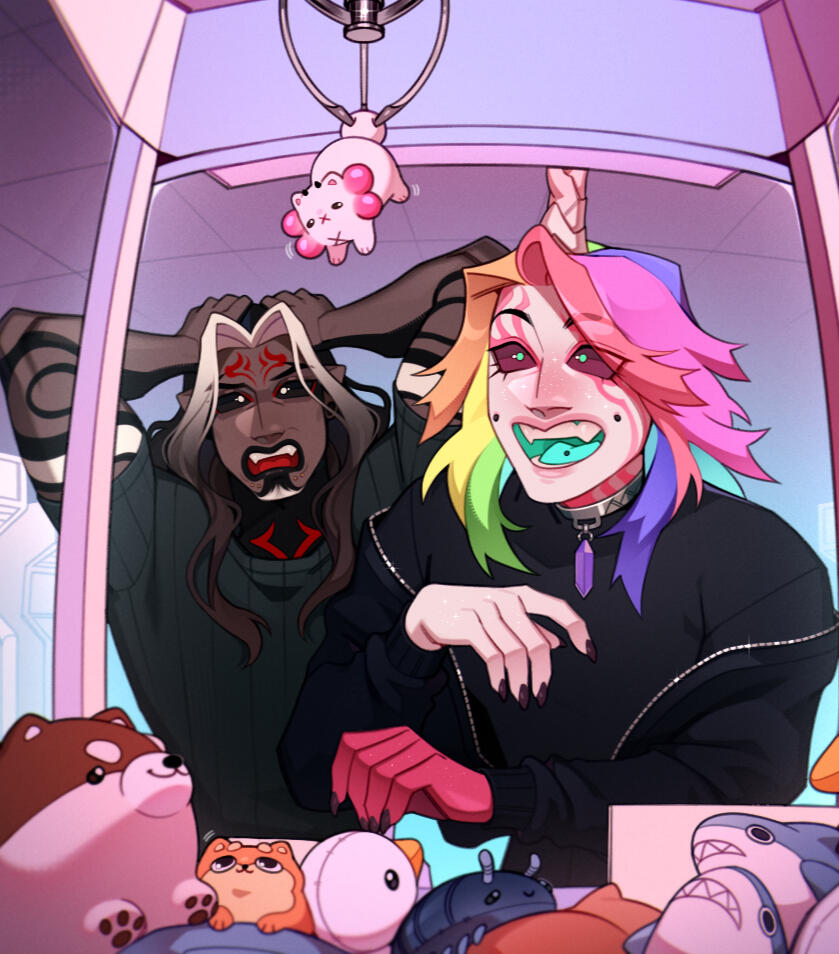
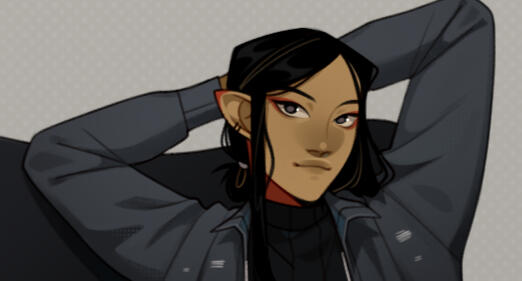
Thank you for reading!
If you like my work and wish to help me pursue urkinder further, considering checking out my social medias!
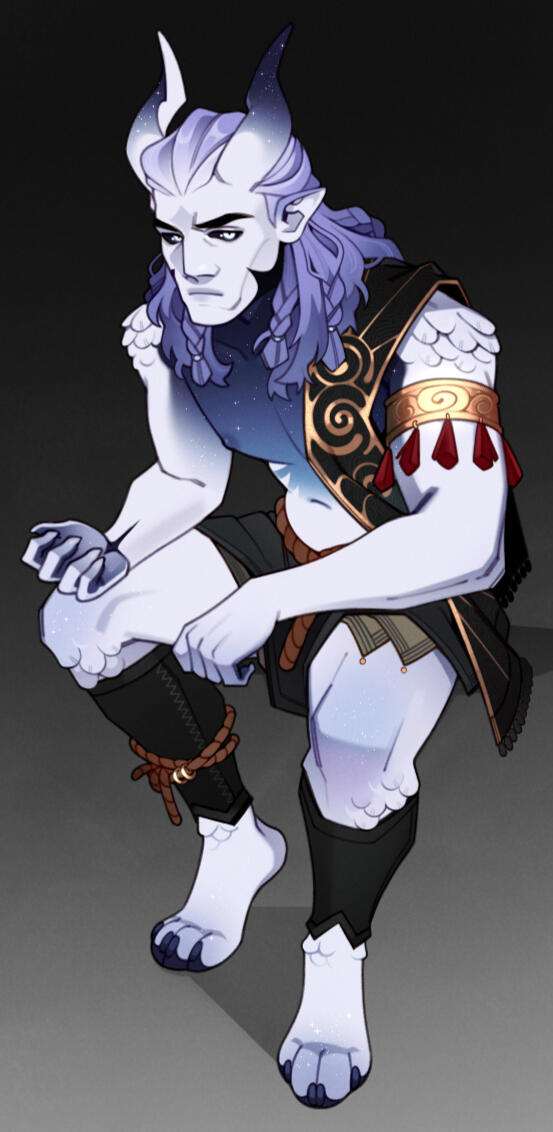
Design Manual
The basics
This is a rundown of the most common things to note on a design, these are all things that make a Urkind what they are and must be followed to a T
Eyes: Can have any shape, color, and pupil type, but never heterochromatic.
Skin: Unique skin tones, hues, and patterns for each individual, with shifts within families (exceptions for twins).
Patterns: Skin patterns are often symmetrical, with asymmetry being uncommon.
Feathers: Small feathers may grow, most commonly behind the ears.
Horns: Horns can grow in any shape or form, or not at all. Longer horns may become deformed and require trimming. They do not grow a double pair of horns - only one pair.
Claws: They have claws, which are useful tools for tribals and considered attractive by most Urkinder.
Tails: Tails grow past knee length, with a velvet-like texture and a fuffy tip.
Hair: They do not grow body hair, and rarely grow facial hair or hair along their spine.
Paws: Paws have 4 toe beans with no padding. They do not wear shoes but use socks to protect their heels.
Asudians: Urkinder from Asudian may have luminescent markings or freckles, with skin tones leaning towards blue, purple, and darker shades.
Let's talk Markings

While most markings are common among Urkinder, almost anything is possible. Those with simpler patterns often dye their skin in different colors or adorn it with special patterns to stand out (note: full body dyes may temporarily stain bathtubs).
Eyes

Feet [wip]

Altramur
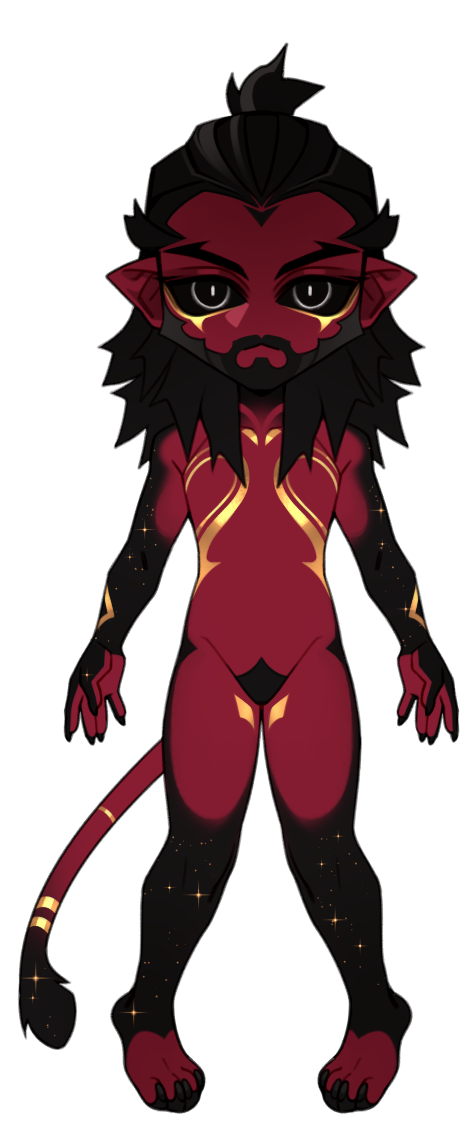
Asudian
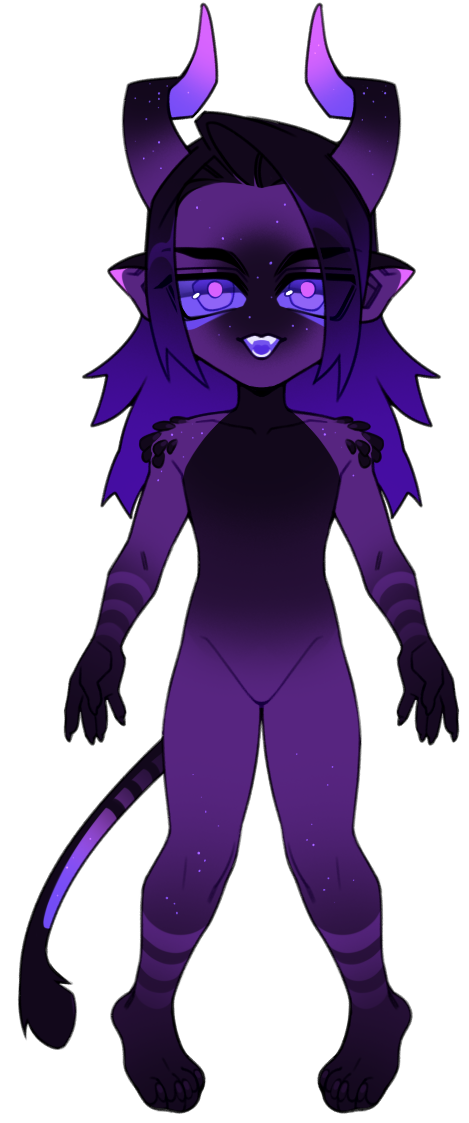
Miknormir Availor

Other regions
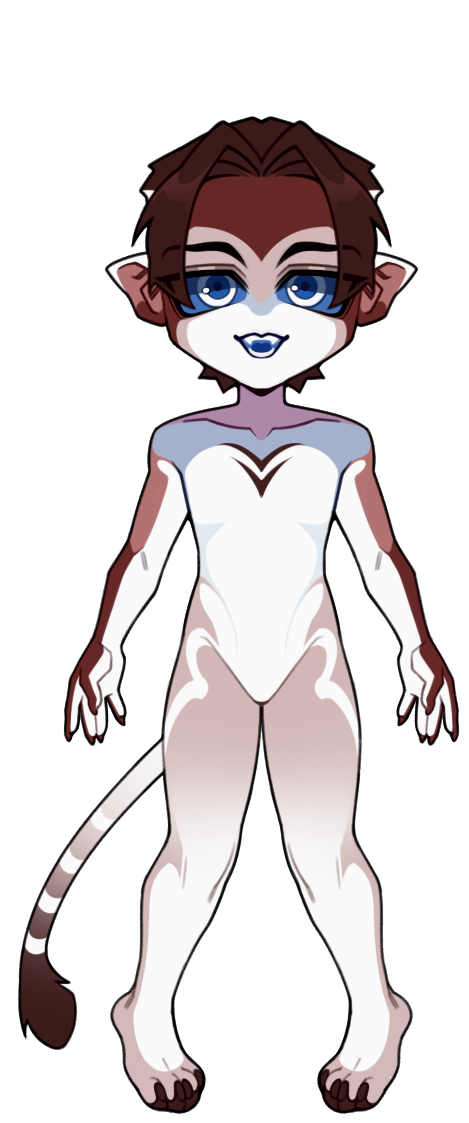
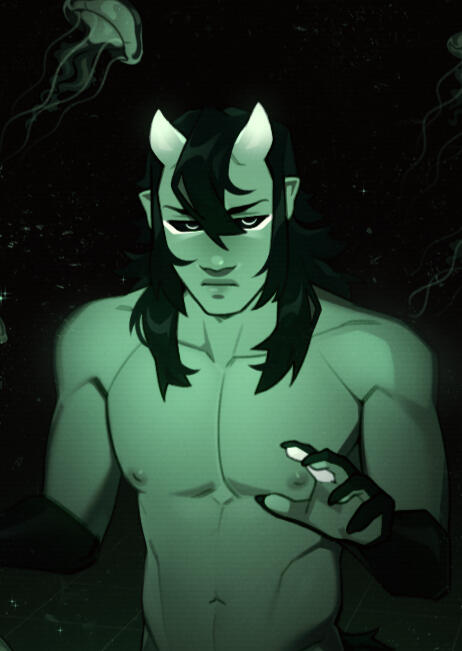
Biology
The Body
Urkinder males are divided into Incu and Enco categories. Incu are able to lay eggs, differing from Enco Urkinder who do not possess these characteristics. Enco Urkinder have two reproductive organs, whereas Incu only have one. Urkinder are egg-laying mammals that can produce up to six eggs at a time, although they typically lay only 2-3 eggs, with the rest dissolving at the gelatine stage. Urkinder eggs start as marble-sized forms with the consistency of gelatine and gradually harden into bigger eggs over time. Women and Incu carry the eggs for approximately five weeks before laying them. The eggs then incubate for five months until they hatch. The eggshells are robust and can resist significant impact without sustaining internal damage. To prevent ingestion, the fluid inside the eggs contains toxins that are only tolerated by Urkinder babies.The average Urkinder height varies based on their societal role: 175 cm – 210 cm for citizens, 190 cm – 220 cm for tribals, and 210 cm – 260 cm for gods.Despite having fragile bones, their skin offers protection as it is thick and tough. They can withstand deeper cuts with minimal scarring. Their blood color matches their internal organs, and upon exposure, it becomes sticky, promoting faster wound healing. Their organs can regenerate on their own if the damage is not too severe.
Behaviour
Urkinder are known for their gentle and calm demeanor. They are natural communicators who express empathy and compassion easily, making them well-regarded and often seen as polite and respectful in their interactions. They are curious and inventive, making them an artistically intelligent species with a passion for music, arts, and sports, which is highly supported and encouraged in many schools. Individualized birthday celebrations are not common in their culture. Instead, people born in the same month are honored on a set day of that month. In the absence of large animals, the Urkinder turned to seafood and plant-based foods, primarily eating fruits, vegetables, and fish. Tribals prefer to stay distant from the citizens and avoid interacting with them.
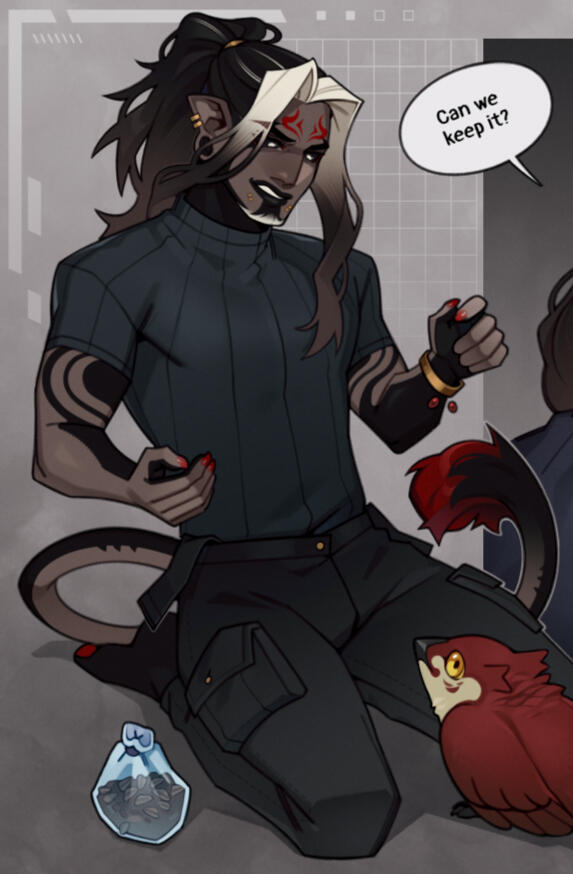
Ni'Vean
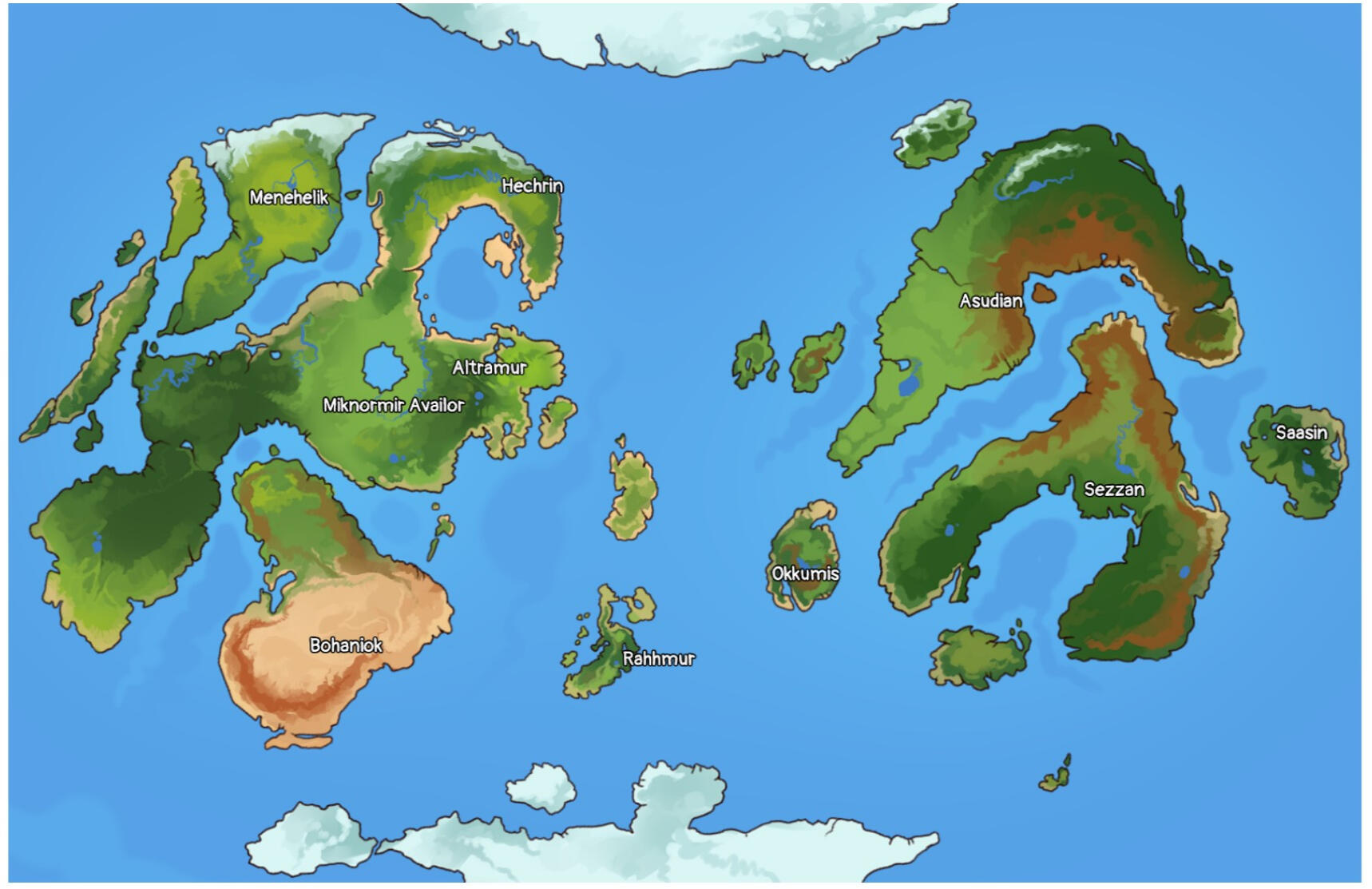
The Urkinder species once faced extinction, but they have since resurfaced. At one point, the planet Ni’vean was uninhabitable, but it has become more hospitable, and life is flourishing once again. Although a mass extinction event is currently underway, efforts are being made to combat it and ensure the survival of both the Urkinder and other lifeforms on the planet.

Regions and Cities
The planet Ni’vean experiences harsh climates during both summer and winter, shaping the lifestyle and architecture of its inhabitants.
Miknormir Availor is the largest and most important city of Ni'vean, serving as the capital. Constructed in the aftermath of Altramur's downfall, Miknormir Availor houses a significant portion of the population. The city is located on the rim of a crater-formed lake and is known for its biophilic design, which allows the surrounding nature to thrive. The streets are always bustling with activity, yet the city layout accommodates the high density of people. Architects have ensured that buildings are air-conditioned and designed to promote a healthy living environment.
Altramur was the first city created by Altrapduct. Its downfall led to the construction of Miknormir Availor.
Hechrin is a beach area with many villages, colorful reefs, and its own language, distinct from Pysokis. The region is known for its vibrant marine life and unique cultural identity.
Rahhmur, also called the "Island of Incidents," is split into two parts. It is a significant location with a complex history and diverse cultural influences.
Asudian, developed without Dekyü interference, is the only region that evolved independently. Urkinder migrated to Asudian under the leadership of Althiramisu.
Bohaniok is a desert region with little to no fauna. Temples are buried beneath the sand, making it a mostly undiscovered and mysterious area.
Other regions include Saasin, Sezzan, Okkumis, and Menehelik.

Tribes of note
Have in mind these do not like to interact with most urkinders and keep to themselves.
Sinerahs are scattered throughout Miknormir Availor and usually keep to themselves. Despite their intimidating appearance, they are calm and peaceful, valuing personal space and privacy. Sinerahs possess a deep understanding of nature and the world around them, offering valuable guidance and knowledge to those who approach them respectfully. Their civilization was founded after the fall of Altramur, and they have chosen to remain isolated from other tribes and communities.
Sunoks are nocturnal and most active at night. They are shy, prefer to keep a low profile, and avoid social interactions. Despite their reserved nature, they are fiercely protective of their territory and will defend themselves if threatened. Sunoks are significantly smaller than other tribals, contributing to their timid and reclusive nature.
Asudians are responsible for keeping flora and fauna alive around Asudian. A unique cultural tradition involves exchanging new names as a sign of bonding when they enter a relationship. While their birth name remains, their partner refers to them by a different name altogether.
Si’arns are hunters who live in small groups on Rahhmur, Si’arns are known for their prowess and survival skills.
Sieaas are scattered into smaller tribes near farms and Sinerah, Sieaas leave offerings in the form of supplies and resources. They are known for being somewhat timid in their interactions with the Sinerah specifically.
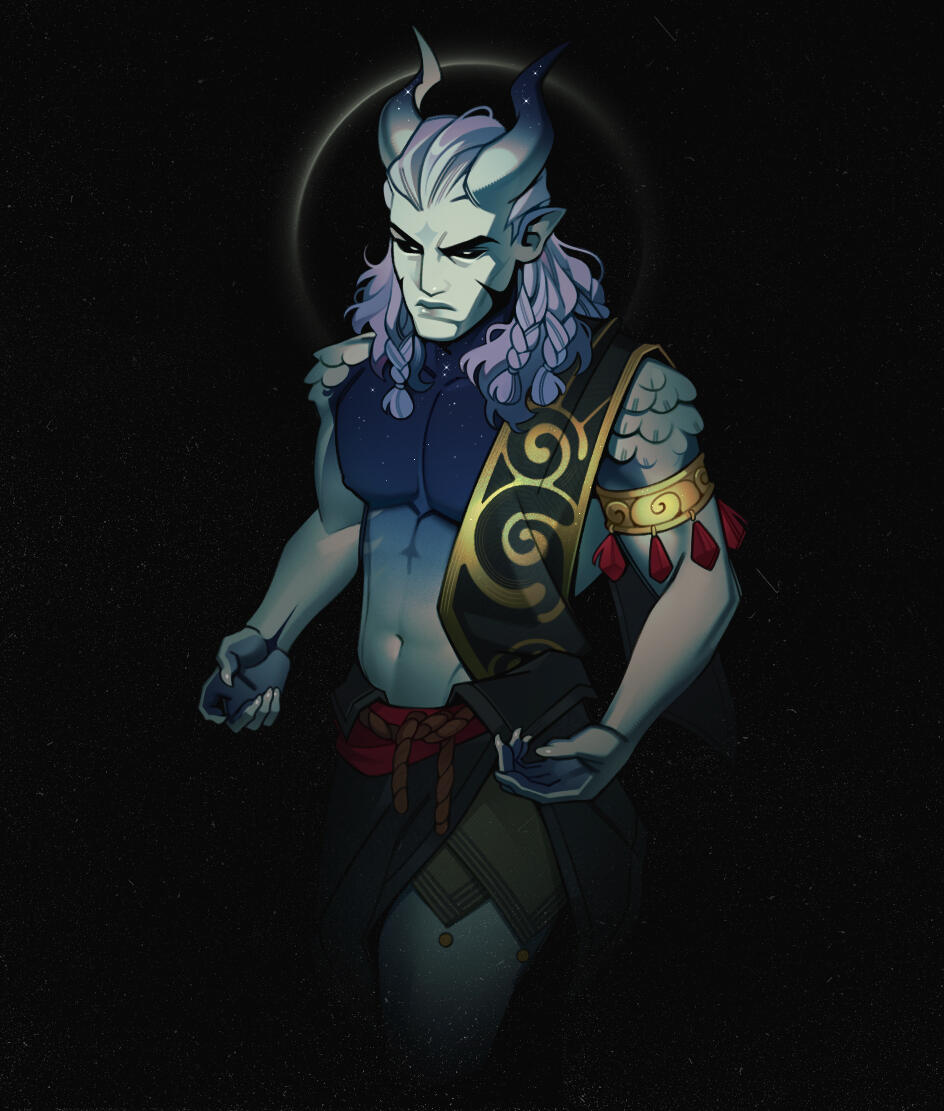
Beliefs and History
These are things that are present in urkinder culture, mostly here to provide some historical context.
Altrapduct was the first to break away from his tribe, establishing a new community called Altramur to escape the endless fighting between tribes. His desire for peace, however, was overshadowed by his ignorance of the consequences of his actions, ultimately making him a poor leader despite his initial intentions. While his followers recognized his vision of harmony, he manipulated, suppressed, and restricted their freedoms and ultimately leading Altramur to ruin. Altrapduct could manipulate others' thoughts and minds, making them mindless and weak, nearly paralyzing them and causing derealization.
Althiramisu was the inspiration behind Altrapduct's creation of Altramur. Without his ideas, Altrapduct's rise would not have been possible. However, Althiramisu later became conflicted about the path Altrapduct had taken. Both Altrapduct and Altmindesten sought Althiramisu's support, leading to significant tension and friction. Eventually, Althiramisu decided to leave and move to Asudian with some followers, where they successfully established a new community separate from Altramur.
Altmindesten was a kind and compassionate leader who always prioritized his people. Known for his open-mindedness and willingness to help, he opposed Altrapduct's increasing greed for power, corruption, and manipulation. After Althiramisu's departure, the tension between Altmindesten and Altrapduct escalated into prolonged conflict. Altmindesten encouraged others to join him against Altrapduct. Ultimately, this conflict culminated in physical combat, resulting in the mutual destruction of both leaders and the fall of Altramur.
Altrapduct's physical form vanished after Altramur was destroyed, but his consciousness remained. Any Alt-god [pure god] that enters the ruins risks being possessed by Altrapduct's consciousness, which can take over their body and mind. Following Altramur's destruction, most Urkinder chose to follow Altmindesten and became a Sinerah. Others set out to create Miknormir Availor, a community clinging to Altrapduct's original vision. Eventually, the Dekyü discovered them and introduced modern technology. They created the first modern city on Ni'vean.
Althiramisu founded villages within the Asudian mountains, a naturally developed area. The environment thrived under their protection and conservation of flora and fauna. The Dekyü respect Asudian customs and avoid introducing modern technology, sending scientists to live with and study the Asudian culture instead. The Asudian natives are known for their bioluminescence, developed due to the unique influence of their environment.
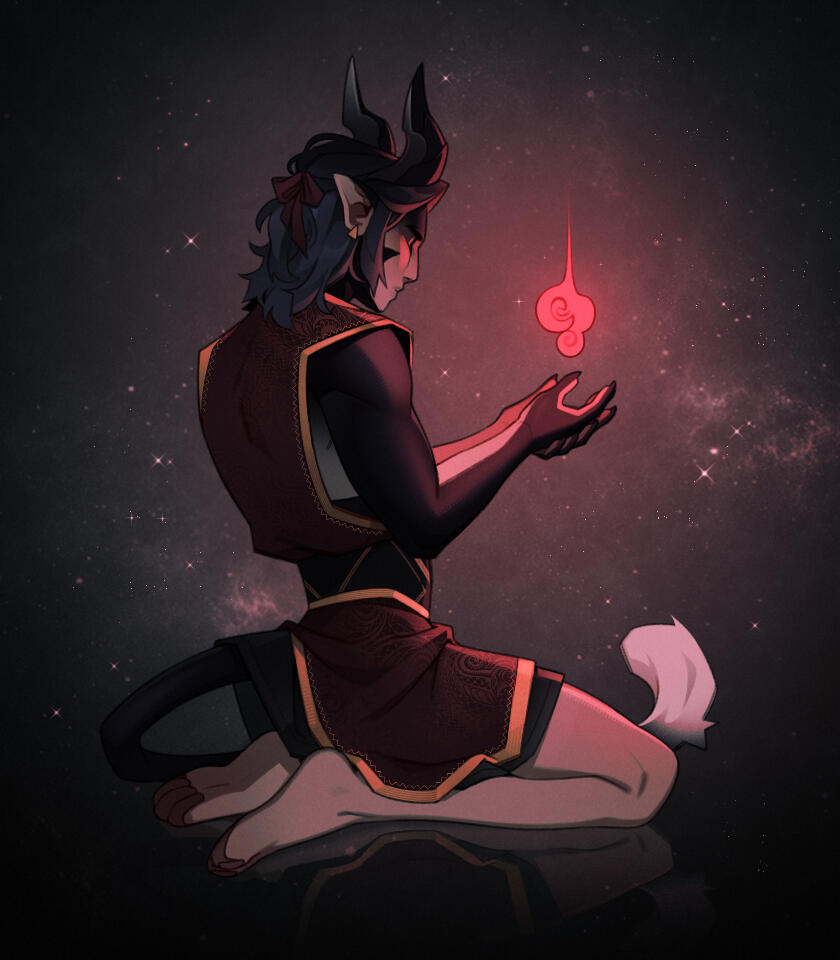
DEKYÜ
Despite sharing some facial similarities, Dekyü are notably taller than Urkinder and do not have tails or horns, distinguishing them from their counterparts. Dekyü were the first to encounter Urkinder and were astonished by their nearly identical appearance, which led to questions about their evolutionary origins. Although these two groups look remarkably alike, it is important to emphasize that they are not directly related and cannot interbreed.
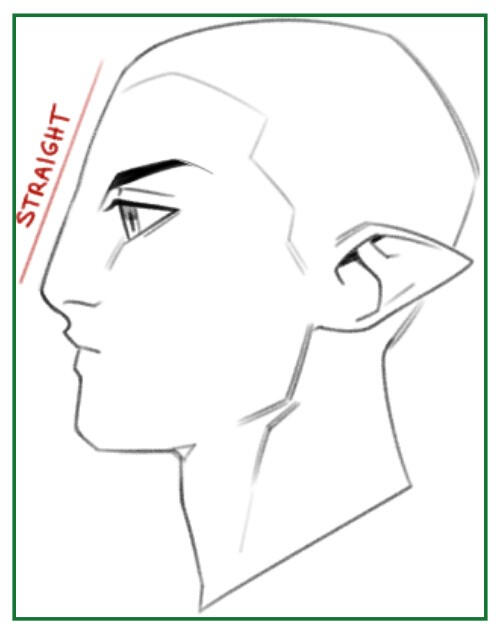
Faucibus
Subtitle
Nunc eget lorem dolor sed viverra. Nec feugiat in fermentum posuere urna nec. Nisi lacus sed viverra tellus in. Magnis dis parturient montes nascetur ridiculus.
Nunc eget lorem dolor sed viverra. Nec feugiat in fermentum posuere urna nec. Nisi lacus sed viverra tellus in. Magnis dis parturient montes nascetur ridiculus.